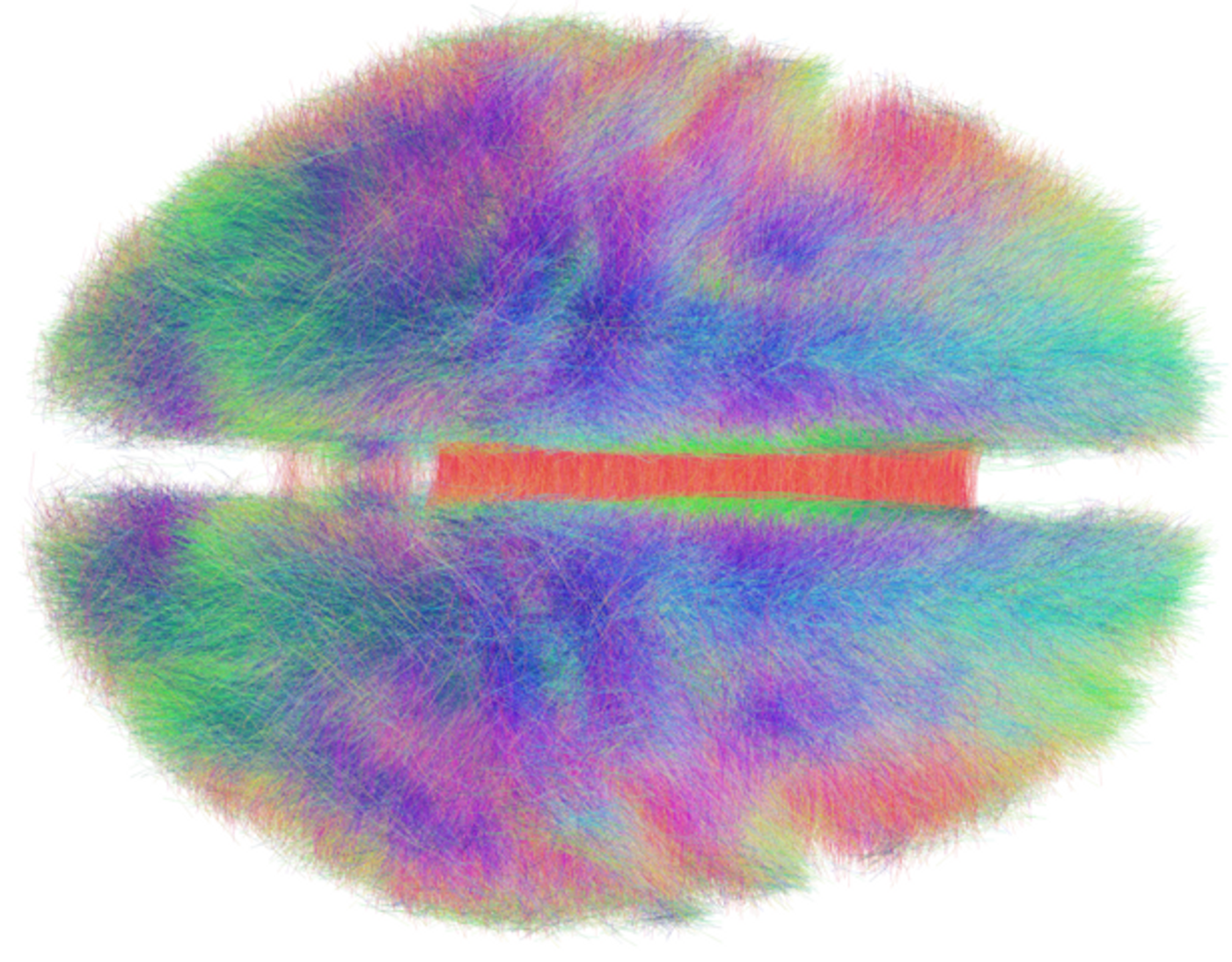Starting your day usually involves a pretty regular routine. A morning commute through traffic or the necessary coffee run for your daily dose of liquid crack. For one Stanford professor though, a twice weekly date with an MRI scanner was part of his standard workday. Russell Poldrack, a professor at Stanford University, spent a good amount of time every Tuesday and Thursday in an MRI scanner over the course of 18 months. Using his own brain for research, Poldrack, in a project he started at the University of Texas and continued at Stanford, committed not only his time but his brain as well, to the study of brain function and gene expression and how the two are related.

The study results, which were published recently in the journal Nature Communications, looked at how the different regions of the brain interact, how messages go from one part to another and how that impacts genes in the body. To properly include gene expression into the study, Poldrack also submitted to fasting blood tests once a week, to gather more information than just the scans.
Whatever a person does, those actions are dealt with in the brain, requiring messages to be sent, neural connections to be made and multiple networks in the brain, known as the
connectome, to be accessed.
In order to see or at least effectively measure these interactions, Poldrack underwent functional MRI scans. While he was at rest in the scanner, an image would be taken every few seconds for a total of ten minutes. With so many snapshots, the activity in the brain could be seen live, as it unfolded.
In a press release from Stanford, Poldrack described the routine. "I would get in the MRI and basically close my eyes and zone out while it took a picture of my brain every second for 10 minutes. Once we had that data, we could get ideas of which regions of my brain are talking to each other by how correlated they are over time. This tells us how much connectivity there is within each network."
While there have been
previous studies of the connectome and attempts to map the activity of groups of study participants all lumped together, Poldrack wanted to see how keeping the participant, himself, as a constant throughout the study impacted the results. With just one participant, many confounding factors were controlled for and the results were that much more standardized.
Since there were blood tests along with this the scans, the team could correlate gene expression from RNA from his white cells to the activity in his brain. Poldrack suffers from psoriasis, and on days when he had a flare up,
the blood work showed genetic changes related to inflammation and immune response. ()
Fasting also showed an effect both in the blood work and in the brain activity. On days when Professor Poldrack would
skip his morning coffee, there were definite differences in the connectome.
The amount of information that was collected by this research was quite large, so the Stanford team has made the entire data set public, complete with software to analyze the findings. The goal is to invite as many researchers as possible to look at the data to see what they come up with. The study results are
available at this site
The video below explains more about the project. Check out what Professor Poldrack has to say on this unique study.









